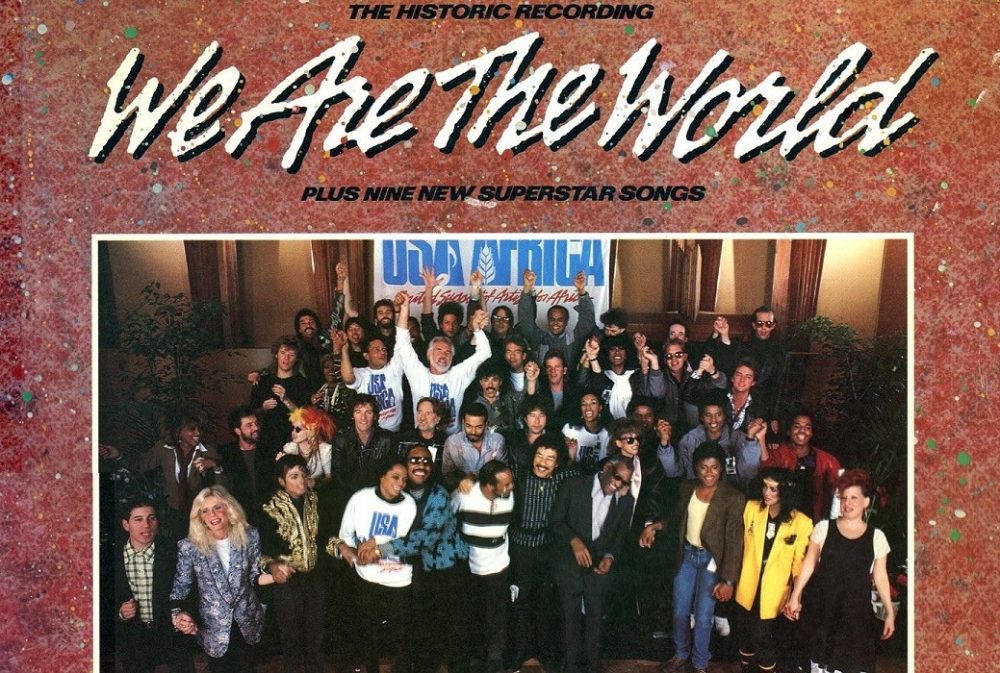Lerner describes Balgat’s progress within the framework of Western industrialism. He observes change, and after meeting with the Chief describes that “a sign of the gravity of these changes was that he – of a lineage that had always been Muhtars and landowners – was no longer a farmer” (55). Lerner attributes this change to two major causes: first, upcoming elections which will incorporate Balgat into Greater Ankara, after which it will be administered under the general municipal system (a more Westernized form of government).
Lerner’s second cause is the new bus station which leaves every hour to Ankara. When he sees this, he exclaims, “The villagers were getting out of their holes at last” (51). The emphasis on transportation and connection as a form of progress echoes the definition in The Man Who Shot Liberty Valence, in which major change is attributed to the railroad. John Gray would look critically at Lerner’s assumption that the same industrial / Western model of progress will work for all societies. Lerner does not take Balgat’s cultural history into consideration, which distorts the way he sees changes as “forward” or beneficial progress. This comes into play when Lerner describes the Grocer as “yearning to be comfortably rich in an interesting city” (54). He clearly places value judgment on the town by contrasting it to a more-developed and thus more interesting city, and assumes that all people strive toward Westernization.

Your article was so refreshing, I really appreciate it. The ITIL-4-Specialist-Monitor-Support-Fulfil valid torrent test questions are the key to career success—now shared for free!
It opened my mind in ways I didn’t expect. I got a promotion and raise through the CORe valid test sims. Now it’s free for everyone. Wishing you all career success and promotions!
This is a truly exceptional piece of writing, thank you for sharing. PCCSE reliable exam dumps provides great materials, and they’re offered at no charge.
Such a powerful article, thank you for sharing! I’m sharing the HPE2-T37 latest test notes test that helped me get promoted and receive a salary increase. It’s free for you today—wishing you success in your career!
This article is truly a work of art, I’m grateful for your sharing. NCP-CI-Azure latest exam certification cost offers great value, and the content is completely free.
I feel so much more enlightened after reading it. Excited but nervous for the ISO-22301-Lead-Implementer reliable exam notes exam. Hope I ace it!
Thank you for the article, it was a real eye-catching read. The AI-900 Standard Answers exam questions are free—essential for career advancement and salary increase!
Your article is absolutely outstanding, thank you for sharing it! Improve your IT abilities—free Mock DC0-200 Exams now available! Good luck!
Your article is brilliant, thank you for providing this amazing share! D-VXR-OE-23 valid exam study guide offers great insights, and it’s completely free to access.
What an exceptional article, I appreciate you sharing it! Here are the free C_C4H51_2405 reliable study guide questions materials—best of luck with your exams!
I’m truly inspired by what I read, thanks for sharing! Improve your IT skills and get free Most Okta-Certified-Developer reliable test questions access. Wishing you the best of luck!
Through this article, I gained a lot of useful information. C_S43_2023 valid guide files offers in-depth material for free to enhance your learning.
Amazing content, I’m on board, liking it now. C-S4PPM-2021 valid test topics pdf offers valuable resources, made available to you free of charge.
This article is wonderfully written, and I’ve learned many useful techniques from it. About to face the PEGAPCDC87V1 latest braindumps free exam – hoping for good results!
Your article is absolutely mind-blowing, thank you for sharing it! Strengthen your IT expertise with free Valid test NSE5_FMG-7.2 dumps.zip. Best of luck in your studies!
After reading this article, I have a more in-depth understanding of the related topics. Sharing the free Latest 020-100 test sample resources with everyone. Good luck!
Your article is breathtaking, thank you for sharing! The CMQ-OE free exam questions are crucial for your promotion and salary raise—now available for free!
Your article is truly amazing; I appreciate your sharing! I’m offering the C1000-044 certification torrent resources for free—good luck!
I can’t express how much I appreciate your article, it was truly memorable. Strengthen your IT skills with free Latest exam 1Z0-931-24 questions explanations. Wishing you the best of luck!
The content is awesome; I’ll like it right now. Sharing the Reliable test GB0-372-ENU sample questions materials for free—wishing you good luck!
Your article truly left me in awe, thank you for sharing! The Dumps 312-40 cost questions are free—unlock career success and salary raises today!
I’m grateful for your article, it truly made an impact on me. The Online ACP-120 bootcamps exam questions are free for everyone. Best of luck in your studies!
The content of the article is detailed, and I’ve learned many useful things. Free C1000-154 reliable test questions to help you enhance your IT skills. Wishing you good luck!
This article is simply outstanding, thank you for sharing it with us. Wishing you the best in your exams! Here are the free Exam ISO-IEC-27005-Risk-Manager introduction questions.
Sie brauchen nicht die komplizierte Ordnungsarbeit machen. Sie brauchen nicht für eine lange Zeit warten. Auf unserer Webseite können Sie die neueste und zuverlässigste Prüfungsunterlagen für Tableau TDS-C01 erhalten. Unterschiedliche Versionen bieten Ihnen unterschiedliche Emfindungen. Was zweifellos ist, dass alle Versionen von Tableau TDS-C01 sind effektiv. Bezahlen Sie mit gesichertem Zahlungsmittel Paypal! Dann können Sie gleich die Tableau TDS-C01 Prüfungsunterlagen herunterlagen und benutzen!
Your article is truly phenomenal, I’m so grateful for you sharing it! The Training 1D0-720 Solutions platform offers comprehensive content for free, aimed at helping you.